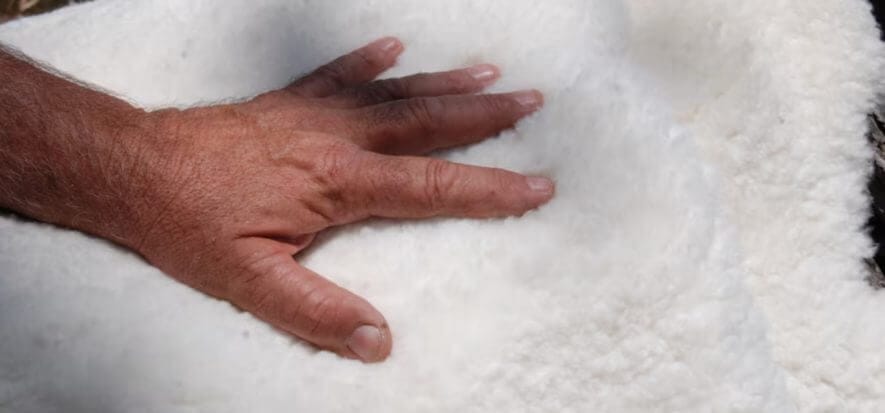The anecdote comes from Australia, where Jason Gordon, a sheep breeder in the state of Victoria, is desperate. “Now I have to take on the cost of disposing of the leathers in landfills”, he vented to ABC Rural. “Up until a few years ago, I was being paid more than AUD 30 for each of them”. But the story is a lesson for the so-called environmentalists everywhere, because the Australian tanning raw material market is slowing down due to pressure from alternative materials, advertised as green. “I don’t understand how you can consider yourself an environmentalist”, Gordon wonders, “when you prefer synthetic textiles, for which oil has been extracted, while you bury natural hides in a pit”.
Without tanning, hides have to be disposed of
Those who know a little about the mechanisms of the supply chain are not surprised. Because they know very well that leather is a by-product of animal husbandry destined for the landfill if not processed in a tannery. There are many, however, who believe (and want to believe) that if you don’t use leather in fashion or design you are somehow influencing the meat industry. And no: instead, you sabotage a circular supply chain and turn a resource into a costly waste. “We are throwing away a commodity that could be so useful again”, remarks Gordon, who has gone out on his own to tan some of his own hides, so as not to see them in a landfill.
The Australian leather industry explains to ABC that there are two problems. First, demand is depressed, including that for wool, another natural material demonised in favour of synthetic alternatives. And then companies are faced with a season of rising costs. The meat industry, for its part, tries to circumscribe the proportions of the problem: at most 15% of raw hides end up in landfills, they say. The warning remains: even if it is only 15% of the leathers, it is a huge waste in the name of environmentalism.
Read also:










